Red Bull boss Laurent Mekies has agreed with Max Verstappen’s suggestion that the upcoming Formula 1 2026 regulation reset won’t be a complete “clean sheet”.
F1 will look radically different in 2026, with all-new cars and a design philosophy designed to improve the racing spectacle and push the boundaries of technology.
Power units are required to have a 50/50 split between the internal combustion engine and electrical power, with the removal of the Motor Generator Unit Heat (MGU-H).
The look of the cars is by far the most dramatic change, featuring active aerodynamics, allowing the front and rear wings to flex depending on cornering or powering down a straight.
Red Bull has a double challenge ahead, as alongside building a chassis to the new rules, the team will debut its own power unit in alliance with American marque Ford.
Despite that Red Bull is still actively developing the RB21, while most rivals, including Constructors’ Champions McLaren, have moved resources over to their 2026 cars.
But questioned on Verstappen’s claim that there are things that can be carried between rule cycles, Mekies hinted that lessons from 2025 will help Red Bull next season.
“I think, as you say, there are many things we can take to 2026,” Mekies told media including Motorsport Week.
“It is a clean sheet from the point of view of designing a car and obviously designing a PU.
“But it remains the fact that you will use the same people, you will use the same methodology, the same process, the same tools to go and design that car.”
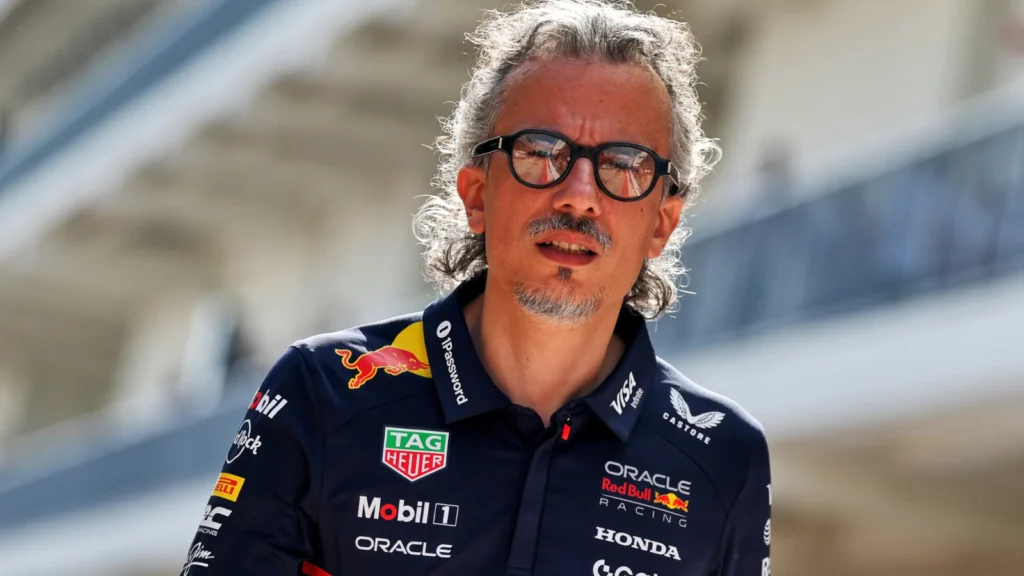
How Red Bull is unlocking potential for 2026
Mekies outlined why the team is aggressively developing, highlighting the importance of ending 2025 on a high note, stating knowledge transfer would be crucial in 2026.
“I think we didn’t hide the fact that it was very important for us to try to unlock what we felt was in the car in that project under the current regulations – to sort of leave 2025 understanding that we are comfortable with where our tools’ limitations are, what we understand, what we don’t understand, and therefore design a better 2026 car as a result,” he explained.
“You pay a little bit of time spent on 2026 cars, but you go into it with a bit more confidence in your own methodologies and tools.
“Yes, there are many areas where you will be able to transfer knowledge.
“Tyres is one – even if the tyres, I mentioned, are changing.
“But more generally, in how you develop the car, where your correlations happen, where they don’t, and all the various sensitivities.”
READ MORE – Red Bull insists McLaren has lost relative pace advantage since the F1 summer break

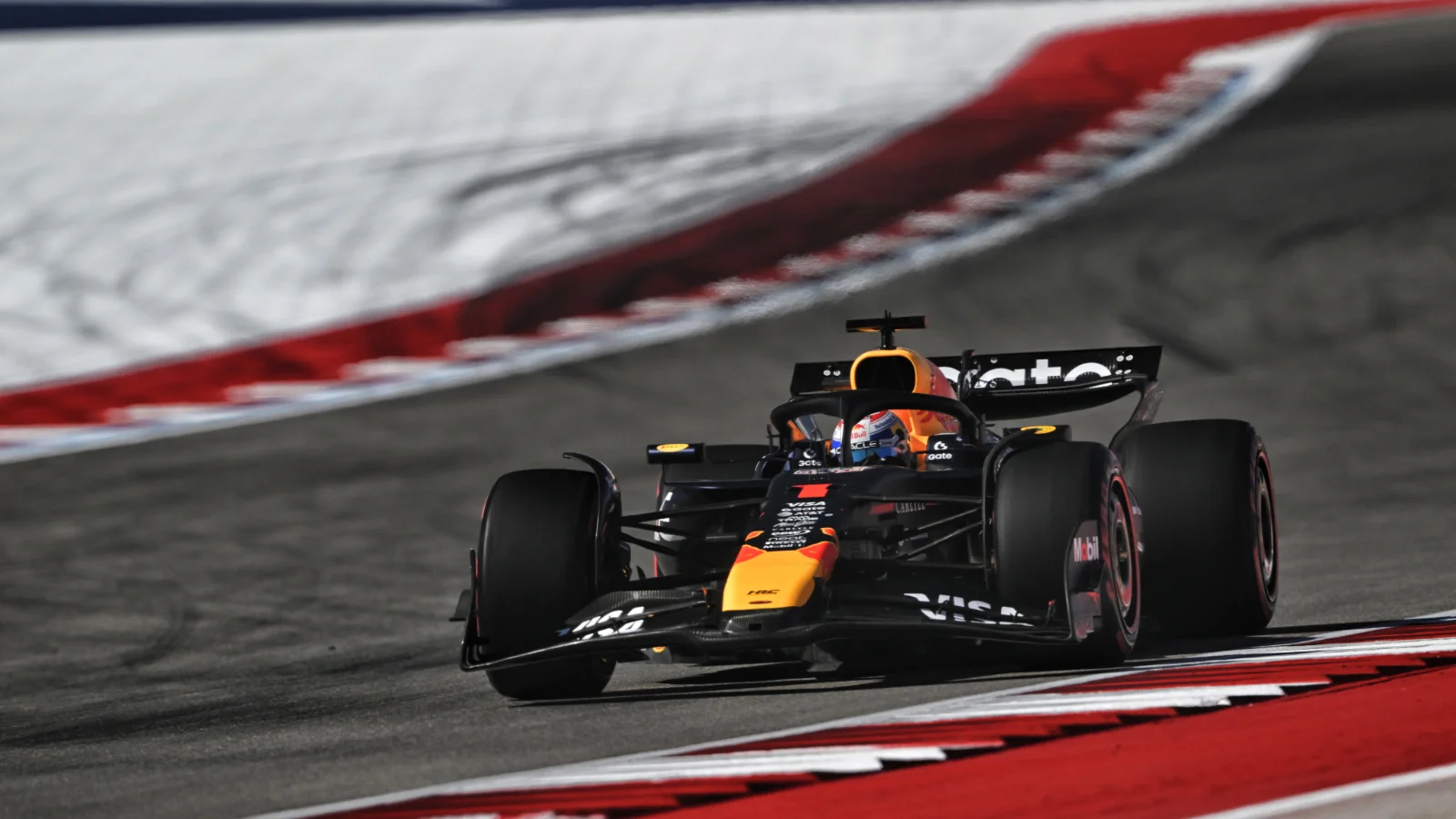


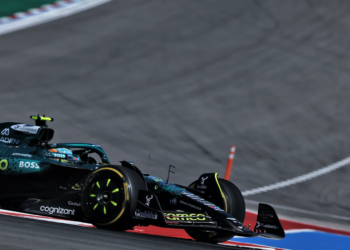
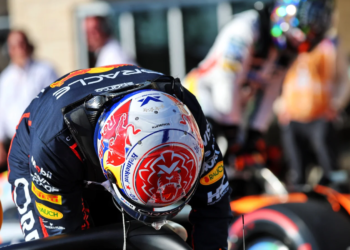


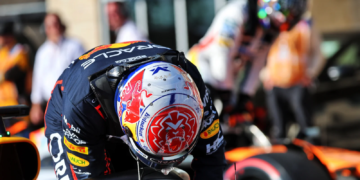

Discussion about this post